ACKNOWLEDGEMENTS
T his is a book that could not have been written or published without the help, support and input of a large number of people.
Many very busy individuals gave up their time for interviews either in person or virtually and Im indebted to them for their generosity and insight. Special thanks go out to Hans Ragnar Mathisen, Ivar Bjorklund, Baha Hilo, David Taylor, Marcos Ramirez, Jason de Leon, Laiken Jordahl, Carlos Spottorno, Marco Ferrari, Robert Ciatti, Andreas Putzer, Benjamin tenOever, Daisy Hoagland, Tabi Joda, Camilla Nordheim-Larsen, Marten Scheffer and Caroline Zickgraf. Our conversations were rich, fascinating, incredibly enjoyable and often lasted for several hours. Many took place during a global lockdown, and there was something so special about this ability to reach out to people in places ranging from Milan to Tijuana, New York to Cameroon, at a time when physical travel was impossible. Their contributions to the stories featured in this book are invaluable.
A huge thank you to the wonderful publishing team at Canongate my editor Simon Thorogood, along with Francis Bickmore, Vicki Rutherford, Melissa Tombere, Jessica Neale, Anna Frame, Caitriona Horne, Jenny Fry, Alison Rae and everyone who has worked on The Edge of the Plain. Thanks also to Creative Scotland for their support towards the research and writing of this book.
I am, as ever, eternally indebted to my friend and agent Maggie Hattersley whose last act before she retired was to sell this book (her work here was done!). Without her guidance, advice and support over the past twenty years, Im not entirely sure I would be a writer at all. Thanks also to Jon Wood at RCW, who has been a huge help in ushering this book towards publication.
And a final thanks of course to Hazel, Brodie and Nate.
Also by James Crawford
Above Scotland: The National Collection of Aerial Photography
Above Scotland: Cities
Victorian Scotland
Aerofilms: A History of Britain from Above
Scotlands Landscapes
Fallen Glory: The lives and deaths of the worlds greatest lost buildings from the Tower of Babel to the Twin Towers
Who Built Scotland: Twenty-Five Journeys in Search of a Nation (contributor)
Scotland From the Sky
1
LINE OF BONES
 T hey said that there was no population here. That was their thinking. This was no mans land. Wilderness.
T hey said that there was no population here. That was their thinking. This was no mans land. Wilderness.
I was crouched beneath the eaves of the artist-mapmaker Hans Ragnar Mathisens attic studio in his home in Tromsdalen, 214 miles north of the Arctic Circle. Hans was sitting beside a large plan chest, pulling out sheet after sheet of semi-transparent plastic foil, each one covered with lines and names marked in pencil or black ink. Through a window, across the waters of the fjord, I could see the lights of the island city of Troms. Tiny snowflakes pressed themselves up against the black of the glass and then vanished.
Hans opened more drawers.
When I came to secondary school, you know you got different subjects history, geography, languages and so on? And I was very fond of this workbook we had in geography. There were maps that had not been coloured in, and you had to colour them. The mountains, the middle lands, the forested areas you made them all different colours. So thats how it began.
He handed me several sheets to hold as he dug deeper into the piles inside one drawer.
Ah, yes! This is the original of my first proper map. Well, not quite the original. It is a replica because the original original was lost.
He pulled a sheet out and held it up.
The map was startlingly colourful. It showed the great hooked arm of Scandinavia extending west to the bent elbow of Russias Kola peninsula. In the top left was a fiery sun, like a compass flower. In the top right, surrounded by a dark blue sea, was the moon. The mountains were marked in reds, oranges and browns, the lowlands in rich greens and yellows. The map was framed by drawings of ribbons, which met and wrapped around an ornamental walking stick on one side. There were more drawings: an ancient rock carving, a shamanic drum, a wooden drinking cup, a crib, a decorated spoon.
In the bottom right corner was a map within the map. It was centred on the North Pole, which was shown as a bright yellow star. The northern hemisphere revolved around it: Russia, Siberia, Alaska, Nunavut and Greenland. Scandinavia was at the top of this map and was positioned, in conventional terms, upside down. Next to this insert and drawn as a piece of elaborate embroidery was the maps title: Spmi.
Spmi is both a territory and a concept. It describes the living space of the Smi people, made up of tundra and taiga, mountains and forests, rivers and seas. But it also describes the Smi culture and way of life, which has existed on the Fennoscandian Peninsula for thousands of years, going as far back as the end of the last Ice Age.
I wanted it to be very beautiful, Hans said. Because we Smi have experienced such bad things. I wanted it to be beautiful for us.
In the map, Spmi stretches all the way across Norway, Sweden, Finland and into Russia. But there are no borders. The names and boundaries of the four nations that now occupy this terrain are not included. Instead, Spmi reaches out over the earth free, unfettered and unconstrained by lines.
That was an easy thing. Because I saw no reason to include the borders. Because Spmi is our homeland and thats that.
He looked away from me, down at the map. He sighed.
I was the first Smi mapmaker. No one before me did this. Yes, there were other maps. But not made by Smi. The Smi did have maps of course. But the maps were in their heads.
A day earlier. A strong wind was blowing in from the north. It tugged incessantly at the thin layer of fresh snow on the frozen surface of Lake Kilpisjrvi, sending streams of powder gliding and skittering out over the pan-flat expanse. The snowmobile bucked and twisted underneath me. My guide, Thomas, had led me, slowly at first, through a birch forest, picking a route between the trees. But now, out on the lake, we could open up our throttles. I watched my speedometer climb past thirty, forty, fifty, sixty, seventy kilometres per hour. In the distance a gap appeared in the grey clouds. A shaft of sunlight drew a perfectly straight, golden line across the landscape.
The lake was surrounded on all sides by hills low, interlocking rises covered in a thick black fur of birch. But beyond the hills were huge, bare mountain ridges, snow-smoothed and bone-white. The temperature was six degrees below zero, not including the wind chill: mild for early March. Just the week before it had been minus twenty-five.
The ice on the lake is about two metres thick right now, Thomas had told me. You only need about ten centimetres for it to be safe for snowmobiles. At twenty centimetres, you could land a jumbo jet out here.
Our route ran northeastwards for the whole, eleven-kilometre length of the lake. It also took us exactly on top of an international border. The line dividing Finland and Sweden cuts right through the middle of Kilpisjrvi. For around four months of the year, it lies on the shifting, shimmering water. But from October through to June, this border is encased in ice.
Snow continued to fall. It whipped up under my helmets visor to sting the exposed skin above my facemask. Another snowmobile passed in the opposite direction, pulling a heavily laden sled with a black dog sitting on top. The dog jumped up to bark at us, spun around on its sled to watch us go. We reached the end of the lake, then rode another hundred metres or so up a gentle hill. Thomas glided to a stop and I pulled up behind him.
Next page
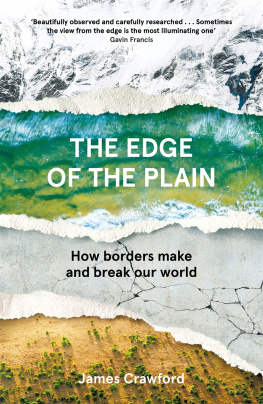


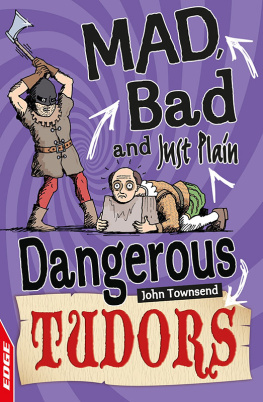
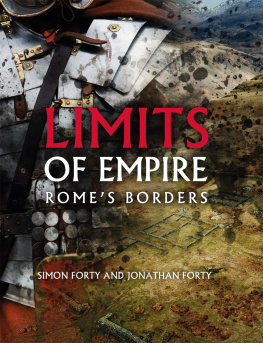
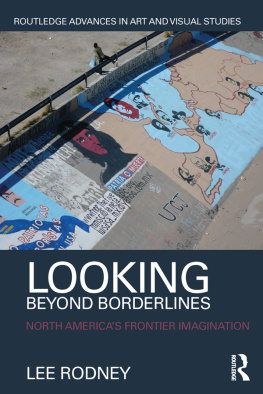
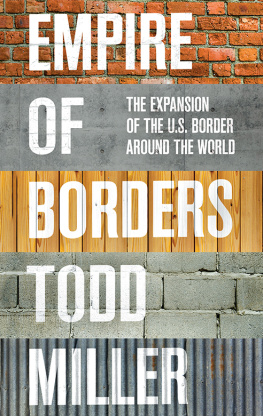
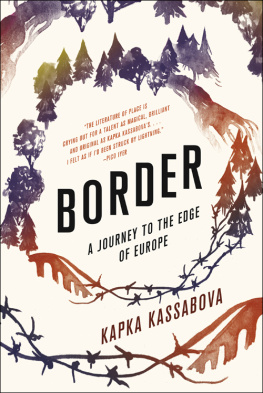



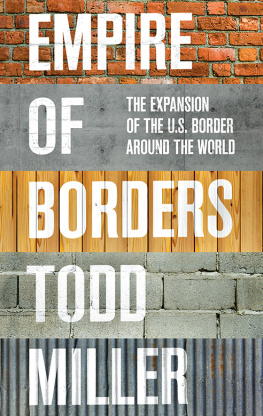

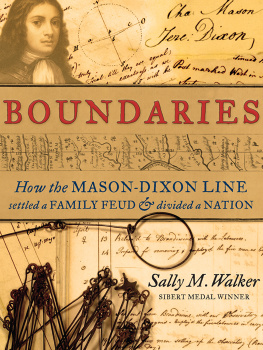
 T hey said that there was no population here. That was their thinking. This was no mans land. Wilderness.
T hey said that there was no population here. That was their thinking. This was no mans land. Wilderness.